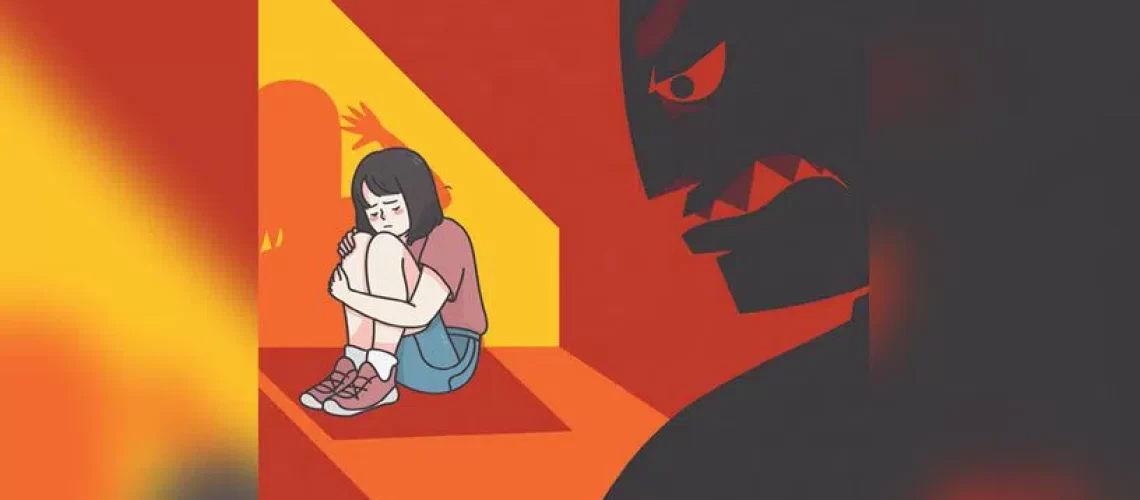CSAM stands for Child Sexual Abuse Material. It refers to any visual depiction, including images or videos, that depicts sexually explicit conduct involving a minor, which is defined as anyone under the age of 18. CSAM is also commonly referred to as child pornography, although the term “child pornography” is considered outdated and has been replaced with “child sexual abuse material” to more accurately reflect the abusive nature of the content.
Possessing, distributing, producing, or accessing CSAM is illegal in most countries and is considered a serious criminal offence. There are basically two types of users (a) Malicious Users — Preferential offenders , Commercial offenders and Situational offenders (b) Non-Malicious Users — Unintentional offenders, Minor non-exploitative users and Situational “risky” offenders .
According to the National Crime Records Bureau (NCRB) of India, in 20121, A total of 1,49,404 cases of crime against children were registered during 2021, showing an increase of 16.2% over 2020 (1,28,531 cases). In this 38% are from Protection of Children from Sexual Offences
Different forms of child sexual exploitation :
a) Child sexual abuse material refers to the creation, distribution, and possession of sexually explicit images or videos involving children.
b) Child sex tourism occurs when individuals travel to other countries with the intention of engaging in sexual activity with children.
c) Child marriage is a form of sexual exploitation that occurs when children, usually girls, are married off before the age of 18.
d) Children and young people may be coerced or forced into engaging in sexual acts against their will, either through threats, manipulation, or violence.
Child Sexual Abuse Framework in India:
a) Legal Framework – Possessing, producing, distributing, or accessing CSAM is illegal in India under the Protection of Children from Sexual Offences (POCSO) Act, 2012, which is a specific law designed to protect children from sexual abuse and exploitation.
b) Internet Intermediary Guidelines – In 2021, the Government of India introduced new rules called the Information Technology (Intermediary Guidelines and Digital Media Ethics Code) Rules, 2021, which require online intermediaries, including social media platforms and messaging services, to take measures to detect, remove, and report CSAM, among other prohibited content, to law enforcement authorities.
c) Efforts and Awareness – There are various government and non-governmental organisations in India that work towards creating awareness, prevention, and rehabilitation related to CSAM, as well as providing support to victims of child sexual abuse. These efforts include public awareness campaigns, training for law enforcement agencies, and initiatives for reporting and removing CSAM from online platforms
Preventing CSAM in India :
There are several bodies and organisations in India that are involved in preventing and combating Child Sexual Abuse Material (CSAM) and related offenses. Some of these bodies include:
a) National Commission for Protection of Child Rights (NCPCR) – The NCPCR is a statutory body established under the Commissions for Protection of Child Rights (CPCR) Act, 2005, and it is responsible for protecting and promoting the rights of children in India. The NCPCR plays a significant role in the prevention of CSAM by raising awareness, advocating for policy changes, and monitoring the implementation of child protection laws, including those related to CSAM.
b) Ministry of Women and Child Development (MWCD) – The MWCD is a government ministry in India that is responsible for formulating policies and implementing programs related to the welfare and development of women and children, including efforts to prevent and combat CSAM. The MWCD works in coordination with other agencies and stakeholders to prevent CSAM, provide support to victims, and promote awareness and education on child protection.
c) Non-Governmental Organisations (NGOs) – Several NGOs in India are actively involved in the prevention and rehabilitation of child victims of sexual abuse, including CSAM. These organisations work at the grassroots level to raise awareness, provide support and counselling to victims, conduct community-based programs, and advocate for policy changes to combat CSAM.
Few Helpline Numbers for Report CSAM :
- Nation Cyber Crime Reporting Helpline – 1930 : https://cybercrime.gov.in
- NCPR Complaint Portal – http://www.ebaalnidan.nic.in/
- Child Line 1098 – https://www.childlineindia.org/
- National Commission for Women Helpline – 7827170170 and http://www.ncw.nic.in/helplines
- Mahila Bol Helpline – 0124-4007444 and http://mahilabol.org/women-helpline/
- Prajwala Foundation – https://www.prajwalaindia.com/
Reporting abuse content on Social Media :
- Facebook – https://www.facebook.com/help/1380418588640631/?helpref=hc_fna
- Instagram – https://help.instagram.com/165828726894770
- Google – https://transparencyreport.google.com/child-sexual-abuse-material/reporting
- Twitter – https://help.twitter.com/en/forms/safety-and-sensitive-content/cse
- YouTube – https://support.google.com/youtube/answer/2802027#report_channel



